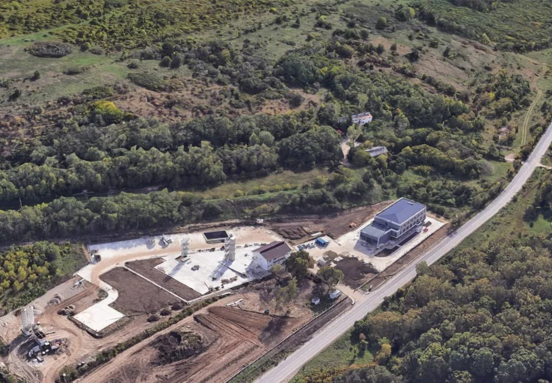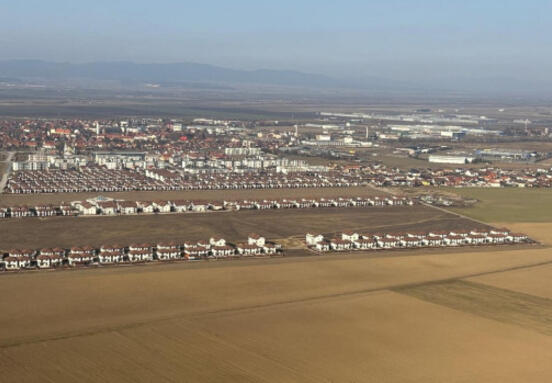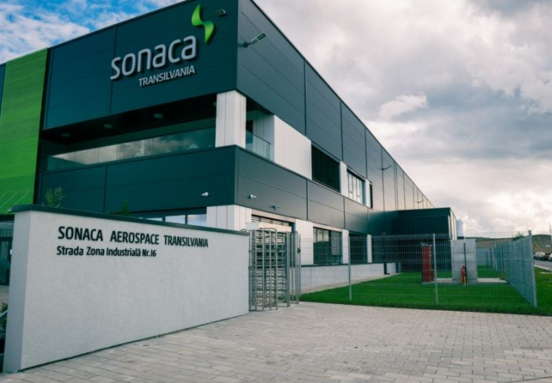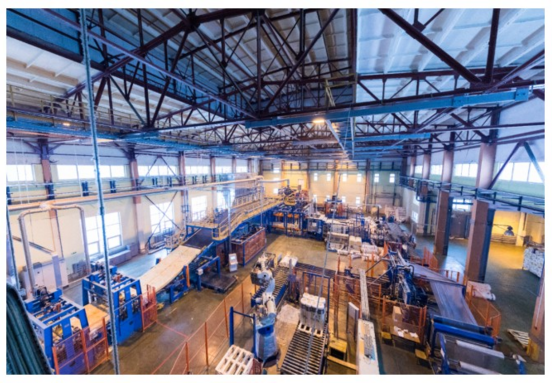In CEE, this trend is fueled by strong demand from retailers, logistics service providers, and manufacturing companies, as well as growing interest in nearshoring strategies—bringing production closer to consumer markets.
In this context, Romania stands out with rental levels below the global average (EUR 4.7/sqm/month), making it attractive for companies seeking operational efficiency. Low labor and energy costs, along with proximity to Central and Eastern European consumer markets, position Romania as an expanding logistics and industrial hub.
Rents, on average, are 41% higher globally compared to the end of 2019. Rents in EMEA have followed a similar growth trajectory, now averaging 38% above 2019 levels. Growth has been particularly strong in the UK, Czech Republic, Netherlands and Norway, while Turkey’s 90% increase over five years was largely due to high inflation, peaking at 85.5% in October 2022 and standing at 38.1% in March 2025.
Romania aligns with this upward trend, but with a more moderate growth rate of just 15%, remaining one of the emerging markets with high potential, particularly due to its competitive labor costs and strategic location in European supply chains.
Regarding demand drivers for industrial space, the report highlights e-commerce, retail distribution and general manufacturing are consistently ranked as key drivers of market activity.
With its broad scope of activities, general manufacturing remains a foundation for many industrial markets and is set to continue driving demand for logistics and industrial real estate. Automotive manufacturing is identified as a significant driver of occupier demand. This includes demand not only for vehicle production and distribution but also for the supply of parts used in the production process and for after-sales care and maintenance.
Meanwhile, high-tech manufacturing is expected to drive demand over the next three years. This trend reflects the growing demand for high-tech products like semiconductors, supported by specialised skills, established expertise ecosystems, and strong incentivisation programmes attracting investment in these sectors.
Cold storage is highlighted as an important contributor to demand. However, the relatively limited supply of cold storage facilities could pose challenges for securing these assets.
Ștefan Surcel, Head of Industrial Agency, Cushman & Wakefield Echinox: “These global trends have a direct impact on the industrial real estate market, pushing developers, investors, and occupiers to rethink their strategies. The increased demand for modern spaces tailored to the specific needs of each sector is putting pressure on available stock and driving rental growth. In this context, regions that can offer quality infrastructure, skilled labor, and proximity to consumer markets—such as Central and Eastern Europe—are well positioned to attract investment and become regional logistics hubs.”








